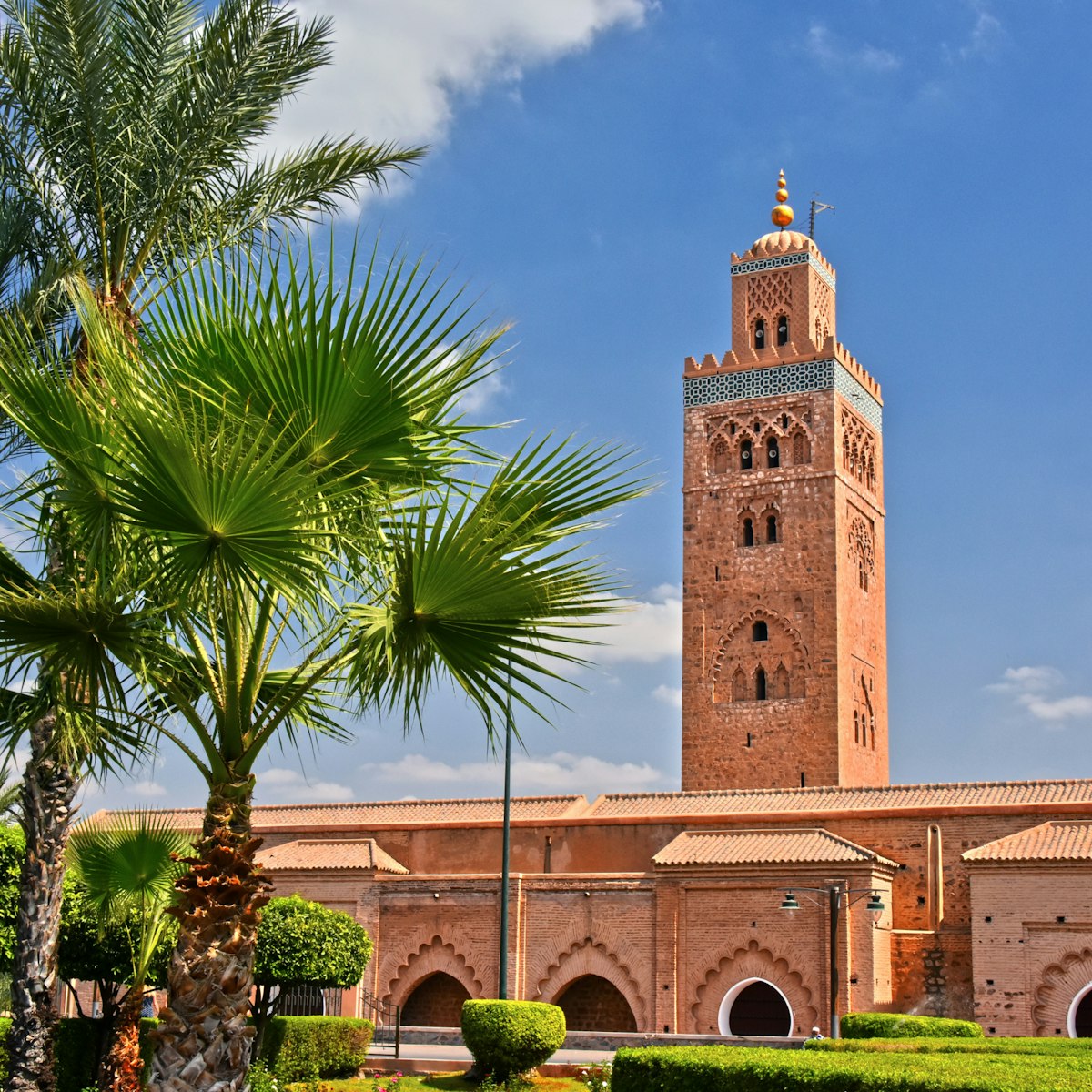Leather working is one of Morocco's medieval trades, and the tanneries around Bab Debbagh – ideally situated next to the river from where they draw water to pummel animal hides – have been in use for hundreds of years. The largest cooperative, Association Sidi Yacoub, is down a lane just inside the gate, on the southern side of Rue de Bab Debbagh – you'll know you've reached it when the acrid smell assaults your nose. Beware that scams are rife around the tanneries; hassle is guaranteed.
The Association Sidi Yacoub is open to visitors and free to visit, but it's likely you'll be accosted by a 'guardian' at the entrance telling you otherwise. Try to ignore them or fob them off with a small tip of Dh10 to Dh20, and insist upon entering without a 'guide' (which will cost you dearly). If you're not up for this battle, go with an official guide as part of a medina tour; this is the only way to ensure you skip the hassle.
The pungent smell comes from the use of ammonia in the troughs that's used to soften the leather and strip it of its animal hairs. Unlike at the tanneries in Fez, you won't see a rainbow of dyes used; here the tanneries only work the natural leather, and dyeing is done elsewhere. Surrounding the roughly hewn troughs of clay, you'll find the leather-workers' workshops, which have been handed down from generation to generation. It's hard, dirty work and exclusively a male industry.
The best time to come is in the morning when you'll usually be able to see tanners at work, transforming stinking animal skins that are dropped off by donkey carts into supple leather ready to be tailored into goodies for the souqs.
In exchange for a tip, you'll usually also be offered to see the tanneries from above, from one of the houses near the Bab Debbagh gate. The bird's-eye views offer a completely different perspective, but be aware that many of the 'houses' are actually leatherware shops, and touts can be pushy. Don't feel pressured into having to buy something if you don't want to.
Also beware the young men on foot or motorbikes who will follow you from the central souqs and then may insist upon entering with you for an extortionate fee. Because these touts are so persistent and at times aggressive, we recommend getting a taxi to the outside of Bab Debbagh and walking into the medina, as the tanneries are only just inside the gate.







